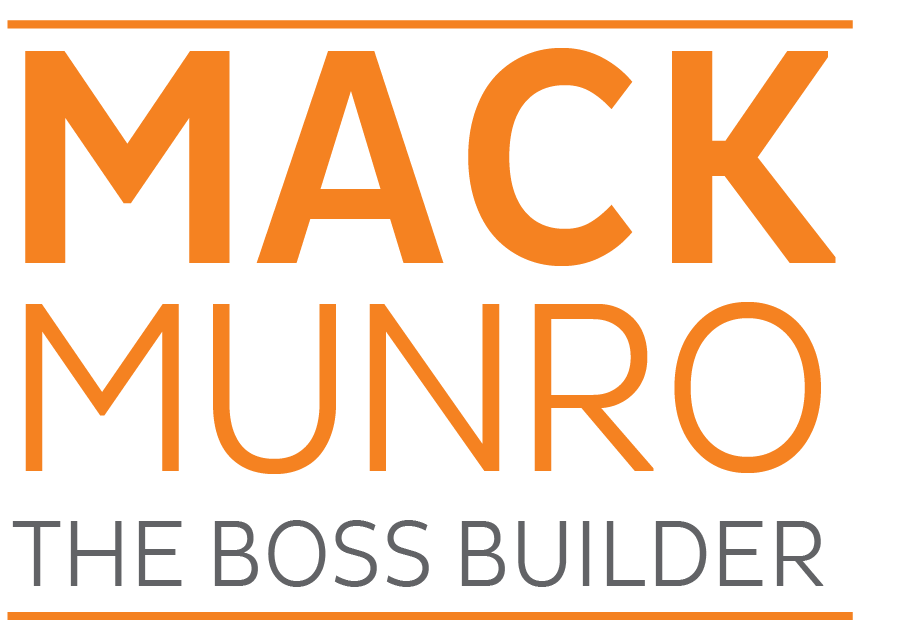
Step #1: Hands in pockets
All of us have been confronted with difficult problems. While the nature and scope of each person’s problem might differ, the pattern and solutions are often similar.
Problems begin when a result does not match up with expectation. If that happens, our first reaction is to search for someone or something to blame. In reality, if we look at the problem systematically, we might find the actual cause of the problem, which might be very different than what we thought it could be. I have four steps that work well for me and for the folks I’ve taught in my workshops.
- Hands in Pockets.
- It’s not Always What You See, Diagnosis is the Key.
- Identify the Root of the Problem and Find the Solution for it.
- Document Your Steps.
Step #1 – Hands in Pockets.
Back in 1989, my first wife pestered me endlessly about installing a telephone in the kitchen of our home in Cerritos, CA. This was well before cordless and of course mobile phones. Weary of hearing her complaints, I found a jack in the wall, put in two big screws, and anchored the phone into the wall. She was happy. That made me happy. My younger brother Marshall came by a month or so later and laughed at my install job.
“Do you want to know the first step in a successful home project?” he asked.
“Of course,” I replied somewhat sheepishly. “Enlighten me.”
“Hands in pockets.”
He then explained that it’s always best to examine your project thoroughly before buying materials and putting holes in the wall.
It was good advice. I’ve applied it in the years since. Particularly now as I am often contracted by organizations to help them solve their complicated issues. “Hands in Pockets” cools off the emotions, derails those who rush to solution, and minimizes the risk of acting on the first few pieces of data.
Of course it’s just the first step. The remaining three brings the process to completion.

